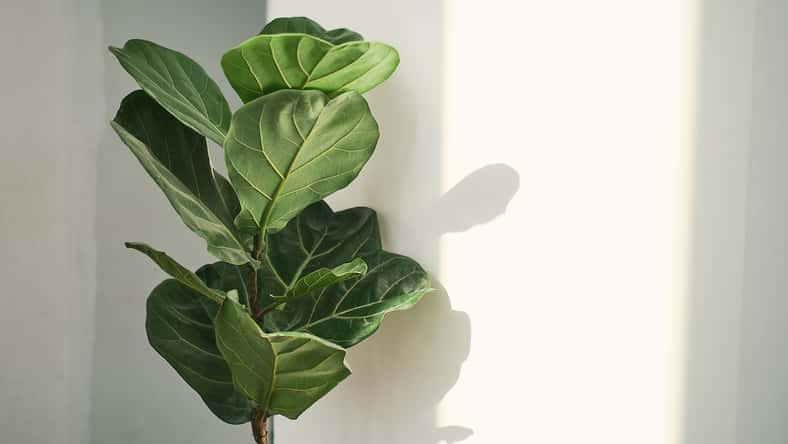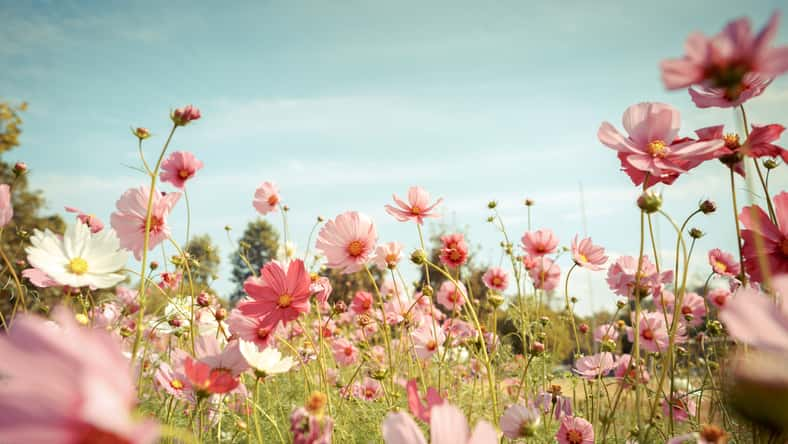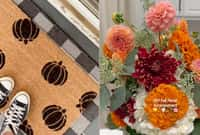
The practice of gardening has been around for centuries. Agriculture was born when humans began growing food about 12,000 years ago.
Perhaps you’ve wanted to start your own backyard garden, but thoughts of the pesky weeds that will pop up among your beloved plants and how much work it will take to water everything have made you hesitant to put your dream into action.
Many backyard gardeners utilize a method called square foot gardening (SFG) to make things easier. Not sure what SFG is? Let’s dive into the roots of SFG, and you’ll see why it’s so popular among gardeners.
This approach to gardening was invented by an engineer named Mel Bartholomew. After retiring in 1975, he decided to take up gardening as a hobby. Along the way, he found that there were many things about gardening that seemed inefficient.
The average gardener planted their crops in long rows and spent hours weeding the large gaps between the rows. Using his analytical skills from his engineering background, Bartholomew came up with square foot gardening. Square foot gardening saved time, money, and effort.
In Bartholomew’s opinion, traditional gardening created a lot of unnecessary work, wasting water, fertilizer, and energy. Plus, the long rows took up too much space.
So, he got rid of the rows and began using raised beds. By adding a twelve-by-twelve-inch square grid on top, it became much easier to grow crops.
Each square in the grid was allotted to a specific vegetable. It allowed plants to be situated more closely together, making less space for weeds to take hold. This compact gardening method also impacted water usage.
Because the garden was reduced in size, only a small area now needed to be watered. As a result, SFG uses just ten percent of the water of a row garden.

How do you set up a square foot garden? First, find a spot that gets at least six hours of sunlight per day. Then, create your raised beds using bricks and wooden or metal boards.
Typically, these beds are four by four feet and six to twelve inches deep. Since the beds are raised off the ground, they are accessible for those who have trouble squatting or bending down. A twelve-inch square grid must be placed over the top.
Next, fill the beds to the brim with soil. A mixture of one-third compost, vermiculite, and peat moss creates a soil mix that is well-balanced and rich in nutrients.
Once your soil has been lightly patted down, go ahead and plant your veggies. To maximize the space, planting one extra-large vegetable, four larger ones, nine medium-sized ones, and sixteen small ones is recommended.
When removing weeds, refrain from pulling them up by their roots. Instead, thin them with scissors so as not to disrupt the soil.
If true crime defines your free time, this is for you: join Chip Chick’s True Crime Tribe
She Walked Out Of A First Date After A Guy Berated Her For Not Wanting To Have Kids
She Got Up And Left Her Own Wedding In Tears After Her Parents Humiliated Her During Their Speech
She’s Worried That Her Preschooler Son Is Showing Psychopathic Signs
Want To Deer-Proof Your Garden? Here Are 10 Shrubs That Deer Won’t Dine On
Sign up for Chip Chick’s newsletter and get stories like this delivered to your inbox.












